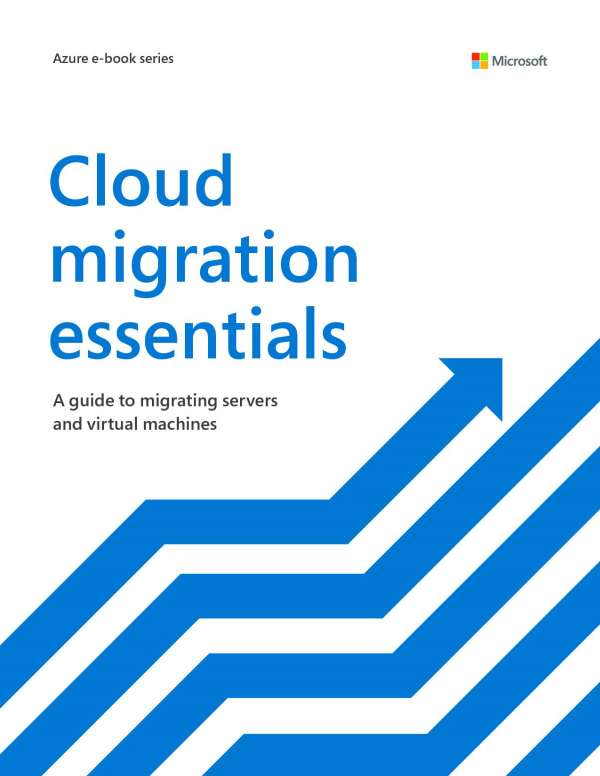One of the main challenges that modern researchers encounter centers on the size of their datasets. As research projects become increasingly more digital, the vast volumes of data that research generates demands enormous raw computing power, for both storage and computational capacity, which most organizations simply didn’t have access to. Cloud technology and artificial intelligence (AI) address this need, allowing researchers to free themselves from the constraints of their physical hardware. Cloud-based approaches can also boost the speed and efficiency of publishing, increasing the impact of research publications.
Subscribe now to learn more about the data management and automation capabilities of the Microsoft cloud and how they’re enabling breakthrough research projects around the world.














